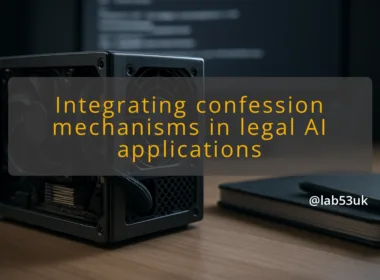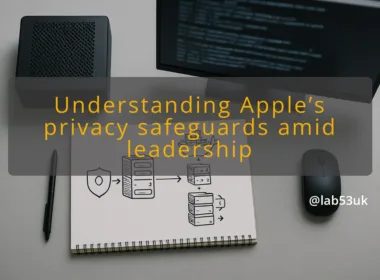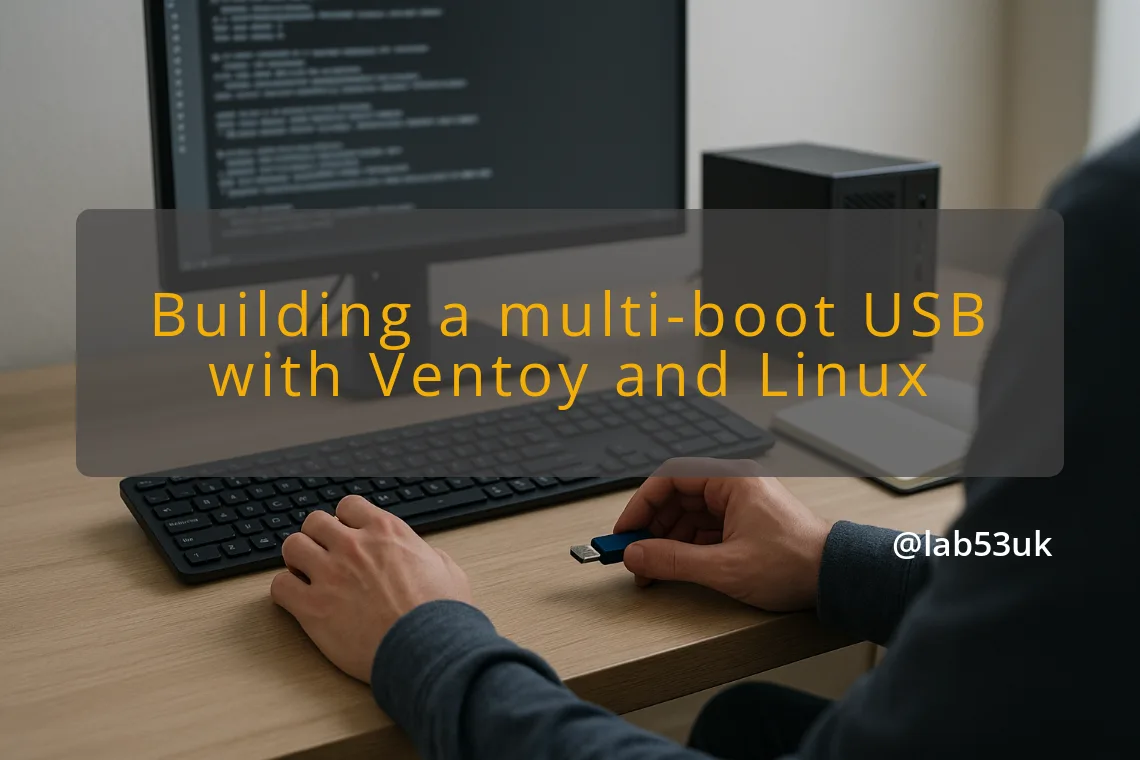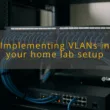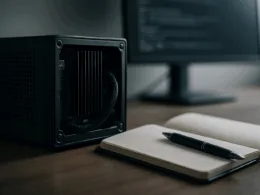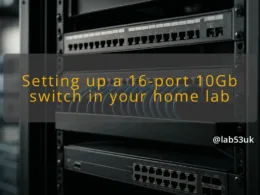Creating a Versatile Ventoy USB Drive for Your Homelab
I build multi-boot USB sticks so I do fewer reinstalls and more tinkering. This guide shows how I make a Ventoy USB drive, the hardware I pick, the exact commands I run, and how I test the result. Follow the steps and you will have a single stick that holds rescue toolkits, Linux live environments, OS installers and other utilities.
Getting Started with Ventoy USB Drive
Ventoy is a simple idea. Install a tiny boot loader on a USB device and then copy ISO files onto the stick. At boot you pick an ISO from a menu. There is no repeated formatting. That makes it ideal for rescue toolkits and a library of installers.
What to buy
- Size: 32 GB minimum for a few ISOs, 128 GB if you want many installers and live images. I use 128 GB for a mixed kit that includes several Linux live environments and a couple of Windows installers.
- Speed: pick USB 3.0 or better. Random I/O matters less than sustained read speed for ISOs, but a good flash controller helps when copying many files.
- Type: a USB-A stick is fine. A small NVMe or SATA SSD in an external enclosure works if you want more space and durability.
Prepare your workstation
- Backup any data on the target drive. Ventoy will normally overwrite partitions.
- Identify the device name. Linux: lsblk or sudo fdisk -l. macOS: diskutil list. Windows: use Disk Management or diskpart.
- Unmount the drive. On Linux sudo umount /dev/sdX*.
Why this matters
- Picking the wrong device erases the wrong disk. A quick lsblk check prevents that.
- Legacy BIOS firmware can have limits on large USB drives. If you need to boot very old hardware, keep at least one small stick reserved for legacy-only machines.
Creating a Multi-Boot USB with Ventoy
Download and install
- Get the latest release from the Ventoy project and extract it. The Linux installer script is Ventoy2Disk.sh. The script supports commands like -i to install and -u to update. I use the default secure boot support unless I have a reason not to. See the official install notes for options and switches before you run the script: https://www.ventoy.net/en/doc_start.html
- On Linux, run (replace /dev/sdX with the device you confirmed earlier):
- sudo bash Ventoy2Disk.sh -i /dev/sdX
- If Ventoy is already present and you want a clean overwrite, use -I.
- On Windows use the Ventoy2Disk.exe GUI and pick the drive.
Options worth noting
- Use -g if you want GPT partitioning instead of MBR.
- The -s option controls secure-boot support. Ventoy supports secure boot, but some custom ISOs or tools require it off.
- There is a non-destructive mode for some installs, but I do a clean install unless I need to preserve data.
Copying ISOs
- Once Ventoy is on the stick you will see one exFAT partition labelled Ventoy. Simply copy ISO files onto that partition like any normal file.
- File names can be descriptive. I prefix with short tags: rescue-SystemRescue.iso, live-ubuntu-24.04.iso, installer-windows-11.iso.
- Typical collection: SystemRescue or Hiren for rescue toolkits; Ubuntu, Fedora and Arch for Linux live environments; Windows 10/11 ISOs for OS installers.
Persistence and extras
- For persistent live sessions use Ventoy plugins and the ventoy.json configuration file. Create a directory /ventoy and drop a ventoy.json that configures persistence for particular ISOs.
- For custom menus or scripts use the ventoy/scripts folder. I keep a small README on the Ventoy partition that documents what is on the stick.
- If you use Windows installer ISOs, store any driver packs or answer files alongside the ISO. Keep licensing rules in mind for any Microsoft installers or activation scripts; follow the software licence terms.
Testing the multi-boot USB drive
- First test in a VM. QEMU can boot a USB device directly. This catches obvious boot failures before you touch physical hardware.
- Then test on real kit. Try both UEFI and legacy boot modes if you expect to use both. If a machine refuses to boot, check BIOS settings and the active partition flag for legacy BIOS on older systems.
- Try a rescue toolkit image and a live Linux image. Confirm keyboard, network and disk access inside the live environment.
- If an ISO fails, check the Ventoy compatibility list and experiment with the ISO – some old ISOs need workarounds.
Troubleshooting tips
- If a legacy BIOS refuses to boot a large Ventoy drive, split images across a second smaller stick for that machine. Some older firmware has limits around 137 GB.
- If Secure Boot blocks an image, either disable Secure Boot for testing, or enable Ventoy secure boot support at install and add required keys.
- Old ISOs that only boot in legacy mode sometimes require setting the first partition active; use parted or diskpart to change the flag.
Practical example: my personal kit
- On a 128 GB Ventoy USB drive I keep:
- rescue-SystemRescue-9.06.iso
- live-ubuntu-24.04-desktop.iso
- live-debian-12.iso
- installer-windows-11-english.iso
- a small utilities folder on the data partition for scripts, notes and driver packs
- I name ISOs with clear prefixes and maintain a README.txt listing versions and checksum sources. That saves time when I need to reinstall or diagnose a server.
Final checks and maintenance
- Keep Ventoy up to date. The update command in the package will replace the boot binaries without touching your ISOs.
- Periodically verify ISO checksums, especially for installers and rescue tools.
- Keep at least one minimal stick for firmware-level tasks if you support old servers.
Key takeaways
- Pick a fast, suitably sized stick. 128 GB covers most kits.
- Use Ventoy2Disk.sh -i /dev/sdX for Linux installs and read the install options first: https://github.com/ventoy/Ventoy
- Copy ISOs directly, use ventoy.json for persistence, and test in both VM and hardware.
That gets you a practical, durable Ventoy USB drive that serves as a rescue kit, a set of live environments and an installer library.

